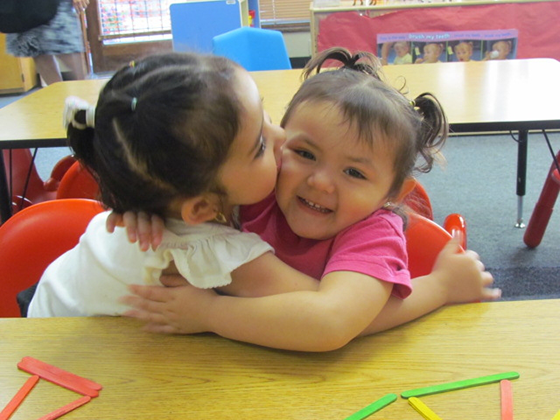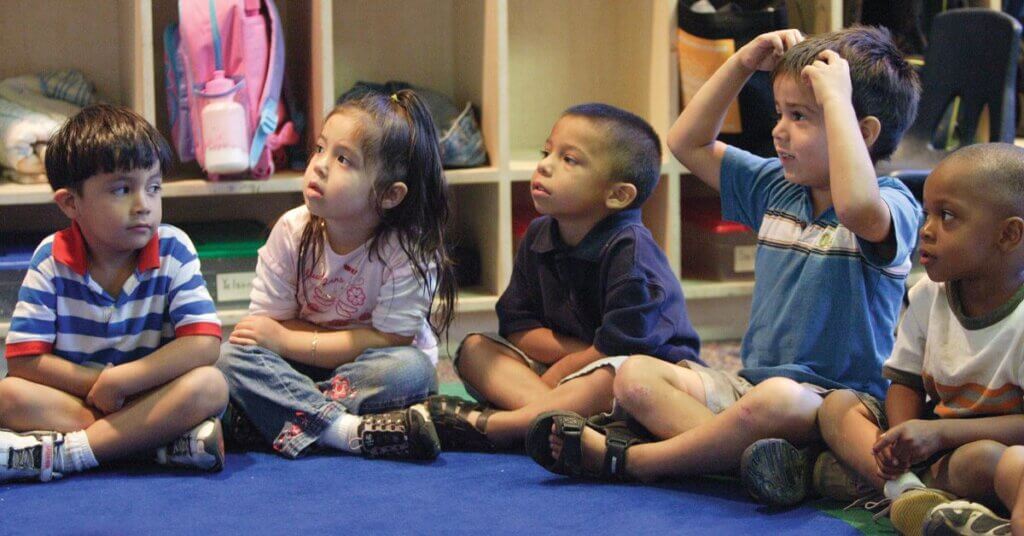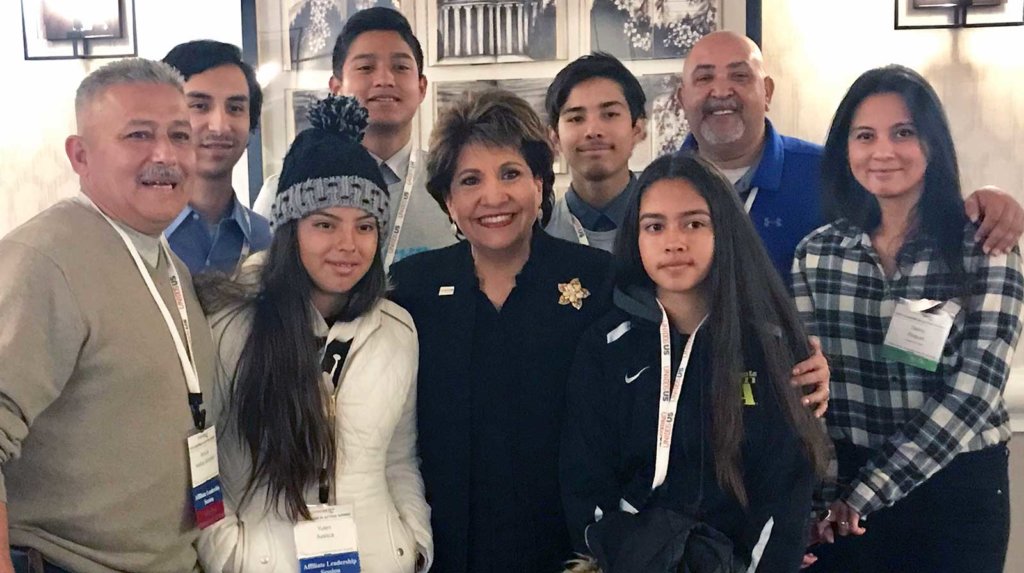We Must Invest in Early Childhood Education
By Leticia Bustillos, PhD, Associate Director, Education Policy Project, NCLR
 My daughter’s first day in child care was perhaps one of the most difficult days I ever faced as a mom. From the day I started exploring child care options to the night before Isabella’s first day at school, I was fully confident in my decision to take her to the child care center that other parents had recommended. Despite the fact that my mother, who had been her primary caregiver once I returned to work, was adamantly against me taking Isabella out of her care, I was firm in my belief that my daughter would benefit from center-based care, as they would further her social, emotional, and learning development.
My daughter’s first day in child care was perhaps one of the most difficult days I ever faced as a mom. From the day I started exploring child care options to the night before Isabella’s first day at school, I was fully confident in my decision to take her to the child care center that other parents had recommended. Despite the fact that my mother, who had been her primary caregiver once I returned to work, was adamantly against me taking Isabella out of her care, I was firm in my belief that my daughter would benefit from center-based care, as they would further her social, emotional, and learning development.
But then it was time to say goodbye.
Keep up with the latest from UnidosUS
Sign up for the weekly UnidosUS Action Network newsletter delivered every Thursday.
All of a sudden, the decision that was backed up by reams of research and parents’ rave reviews could not stand up against Isabella’s tears and my sudden fear that perfect strangers could not possibly care, nurture, and protect my daughter as much as my mother or I could. In that moment of saying goodbye, I was the worst mother in the world for leaving her in distress in an unfamiliar environment with people she never met but whom I was entrusting with her safety, her happiness, and her early development.
Every day across the country, mothers and fathers rely on a child care system that they hope is safe, inspires joy, and promotes the positive development of their children. While I had the benefit of a background in education to help me identify and seek out the best child care options, not all parents have the same opportunities and must instead rely on recommendations from friends and neighbor—and a great deal of faith—that the choices they make are the best ones for their children. For that reason, the reauthorization of the Child Care Development Block Grant (CCDBG) is a significant first step in crafting a new vision for the care and education of children for low-income and working families.
In a show of bipartisan and bicameral support, the bill calls for a significant overhaul of the law, last reauthorized in 1996, such that the level of care children receive is of high quality and meets a new standard of health and safety. The reauthorization of the CCDBG requires:
- Background checks for all child care providers
- Providers to receive ongoing training in essential health and safety practices to keep children safe while in care
- Yearly inspections of licensed and licensed-exempt child care settings with the publication of results on a user-friendly website
- A percentage of funds to be dedicated to help providers meet and sustain higher levels of quality, adopting program guidelines describing what children should know and be able to do, including developmental benchmarks for children from birth to kindergarten
- The receipt of professional development to best meet the needs of students of multiple age groups, English language learners, and children with disabilities
Additional changes are especially important for low-income and working families, notably the continuity of care provision, which stipulates that all children will receive a minimum of 12 months of service regardless of changes to a parent’s work or income and before a state re-determines eligibility. Moreover, states are required to prioritize the needs of children who reside in communities with high concentrations of poverty and unemployment, such that their investments make available increased access to high-quality early care providers. For Latino families whose primary language may not be English, this renewed commitment to early care and education ensures the needs of their children are met by the stipulation that professional development and training provided to caregivers adequately support the social, emotional, and cognitive development of English language learners.
As a first step, these changes are significant, but more must be done. Though research shows that attending preschool has academic and social benefits, estimates show that more than 60 percent of Latino children ages 3–4 are not in preschool. Additionally, data show that current funding levels only reach one in five children eligible for care, meaning that too many families are left without support and must make difficult choices about the quality of care they can and cannot afford. Proactive investment in early childhood care and education, including increased parental outreach, prioritizing the needs of low-income and working families, and increased funding tied to the improvement of programs will assure parents that their children are safe and receiving the knowledge and skills they need to succeed.
Though there were a fair share of bumps and many more tears, Isabella and I survived her first week of care. Despite the diagnosis of an early learning disability, a change in center-based care, and a seemingly endless parade of paperwork and red tape, Isabella ultimately thrived in her prekindergarten experience. Our goodbyes were no longer characterized by tears and despair, but rather by excitement and joy for the friends she would see, the hugs she would receive from her caregivers, and the stories she would tell at the end of each school day. I knew she was happy and safe; now at the age of eight, Isabella is ready to take on the world (or so she likes to say). My hope is that all parents have this level of assurance and comfort when they choose providers for their children; with the bill reauthorizing the Child Care Development Block Grant now signed by the president, we are one step closer.
See our fact sheet below for more.


